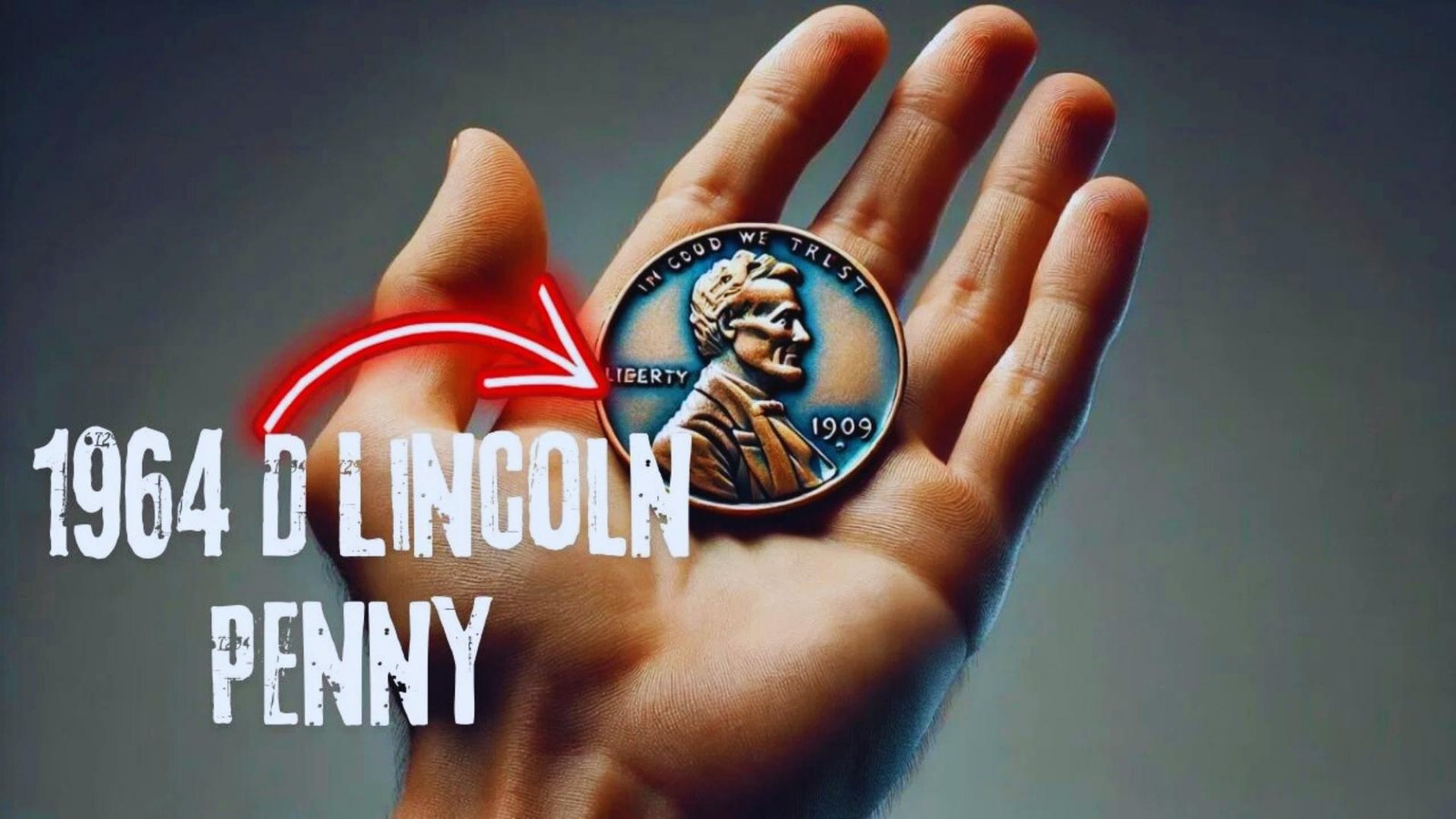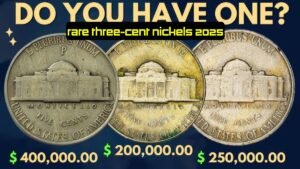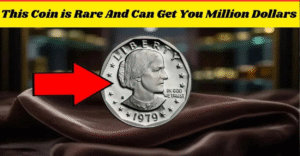What if the ordinary penny in your pocket isn’t ordinary at all? The 1964 D Lincoln penny may look like just another copper coin, but hidden among them are rare error coins worth hundreds—or even thousands—of dollars. Collectors are constantly searching for these hidden treasures, and spotting one could change your pocket change into profit. Let’s uncover the secrets.
The Story Behind the 1964 D Lincoln Penny
The 1964-D penny, minted in Denver, was part of the long-running Lincoln cent series first introduced in 1909. Made of 95% copper and 5% zinc, billions were produced that year. While most are common, the rush to produce so many coins led to mistakes that now make certain pieces incredibly valuable.
Why 1964 D Penny Errors Matter Today
Error coins are exciting because they transform everyday change into collectibles. A coin with a doubled die, repunched mintmark, or striking error can sell for far more than its face value. In today’s collector market, these mistakes aren’t flaws—they’re jackpots.
Most Valuable 1964 D Lincoln Penny Errors
1. Doubled Die Obverse (DDO)
Some 1964 D pennies show doubling on “In God We Trust” or “Liberty.” Collectors prize these because the error is visible without magnification.
Value Range: $50 – $500+ depending on grade.
2. Repunched Mintmark (RPM)
The Denver “D” mintmark was hand-punched in 1964, and sometimes it landed slightly off. These RPM pennies show a shadow or second “D.”
Value Range: $20 – $150+.
3. Off-Center Strike
If a coin was struck misaligned, parts of the design may appear cut off. The more dramatic the error, the more valuable the coin.
Value Range: $40 – $300+.
4. Die Cracks and Cuds
When mint dies crack, they leave raised lines or blobs on the coin. These flaws, known as cuds, can increase collector interest.
Value Range: $10 – $100.
5. Wrong Planchet Errors
Rare cases exist where a penny was struck on a foreign or dime planchet, creating an odd size or weight. These are highly prized.
Value Range: $500 – $2,000+.
Comparison: Regular vs. Error 1964 D Pennies
| Feature | Regular 1964 D Penny | Error 1964 D Penny |
|---|---|---|
| Mintage | Over 3.7 billion | Very limited |
| Composition | 95% copper | Same |
| Typical Value | 1 cent | $10 – $2,000+ |
| Collector Interest | Low | Extremely high |
Notable Facts That Might Surprise You
- The 1964 penny was the last year before the U.S. stopped using silver in dimes and quarters.
- Some error 1964-D pennies sell for more than 10,000 times their face value.
- Most errors were unnoticed in circulation, making finds today even more exciting.
Expert Tips to Spot a Valuable 1964 D Penny
- Use a magnifying glass or jeweler’s loupe to check the date and mintmark.
- Look closely at the lettering for signs of doubling.
- Weigh the coin—if it doesn’t match 3.11 grams, it may be a wrong planchet error.
- Consider grading through PCGS or NGC to maximize resale value.
FAQs
Q: Can I still find 1964 D penny errors in circulation?
A: Yes, though rare. Many remain hidden in collections, coin rolls, or old jars.
Q: Are all 1964 D pennies valuable?
A: No. Most are worth face value, but error coins bring premiums.
Q: How do I know if my penny is an error?
A: Compare it to a regular example. Look for doubling, misplaced mintmarks, or off-center strikes.
Conclusion: Don’t Overlook Your 1964 D Pennies
The 1964 D Lincoln penny might look ordinary, but hidden errors can make it a collector’s dream. From doubled dies to off-center strikes, these mistakes transform copper cents into valuable treasures. Next time you spot a 1964 penny, look closely—you could be holding a small coin with a big secret.




